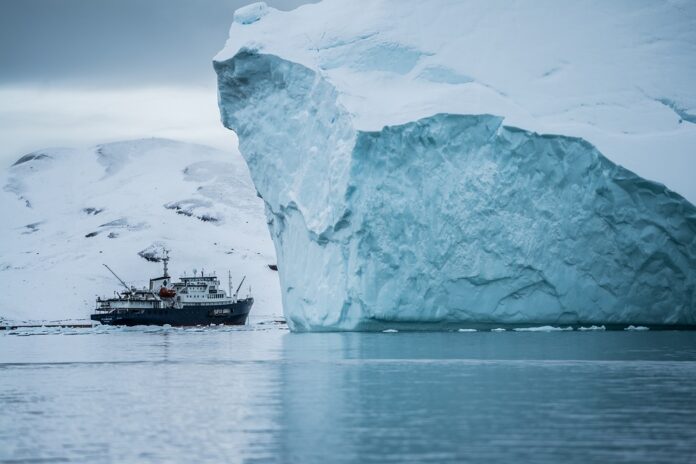Iran and Russia appear willing to risk fire and ice to continue evading sanctions against their liquid natural gas (LNG).
Blazes on ageing tankers and a plan to ship under the arctic ice with nuclear submarines illustrate the dangers and costs of running a dark fleet to skirt western bans on trade.
Two ships alleged to be carrying sanctioned Iranian LNG caught fire after an explosion in October outside the port of Chittagong, Bangladesh, and 31 sailors had to be rescued, according to Splash247.com.
Both ships were 27+ years old. The average lifespan of a container ship is 20-30 years, according to freight forwarder PFE Express. Ships that are a part of dark fleets carrying sanctioned cargo tend to be older and uninsured. They also have been known to transmit false geolocation signals, creating a hazard in the world’s shipping lanes. Due to the lack of insurance, the burden of these ships falls to the countries the ships are in once they become unseaworthy.
The explosion that caused the fire in Bangladesh occurred as LPG was being transferred from the 32-year-old ship Captain Nikolas to the 27-year-old B-LPG Sophia, near Kutubdia Island, Splash247.com reports. Both ships have been operated by several small managers and sailed under many different flags in recent years, according to Trade Winds.
The Captain Nikolas, sailing under a Cook Islands flag, is listed by S&P Global’s International Ships Register as being managed by Aspero Ship Management, which has an address in a free economic zone in Sharjah, UAE, according to Trade Winds. Aspero Management has been linked to carrying Iranian LPG in the past but they have denied these claims.
The International Labour Organization said the Captain Nikolas was abandoned in Sarjah in June, and the crew was owed three months’ pay—making the ship a perfect candidate for joining a dark fleet to transport sanctioned fuel, according to Trade Winds.
Nuclear subs designed to carry LNG
When it comes to transporting its own sanctioned LNG, Russia says it could avoid using old ships by using nuclear submarines instead.
Russia’s efforts to continue shipping from its sanctioned Arctic LNG2 facility have been running into difficulties as tankers in its dark fleet have been unable to make deliveries due to effective sanctions, Eurasia News Now has reported.
The challenges grow greater in the winter, when the Arctic Sea freezes over, making shipping impossible, but submarines can go under the ice.
The Kurchatov Institute, the leading research institute for nuclear energy in Russia, is working with Russia’s energy company Gazprom to build a fleet of submarines, each designed to haul 180,000 tons of LNG, according to Splash247.com.
While the design was presented at the Offshore Marintec Russia 2024 expo, some are skeptical that it could work.
Alexander Nikitin, a former Russian Navy officer who is a nuclear expert at the Vilnius-based Bellona Environmental Transparency Center, says Russia lacks the capabilities to build such a submarine, according to Reuters.
And additional servicing vessels and docks as well as crews with special training would be needed too, he tells Reuters.
“My opinion is that people think, ‘Maybe it’ll work.’ But given the situation, it’s unlikely,” he says, calling the project “a bluff”.



